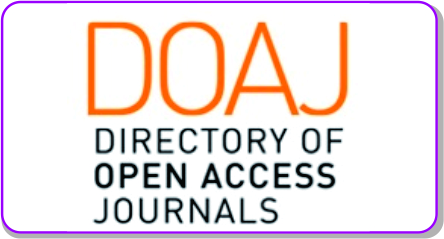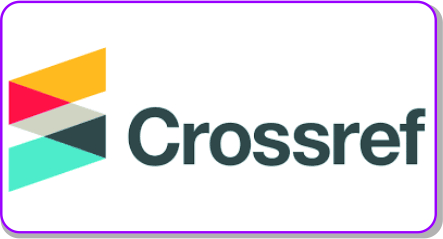Analysis of Acceptance and Use of the MyKopay Application Using the UTAUT 2 and EUCS Models
DOI:
https://doi.org/10.30983/knowbase.v4i1.8366Abstract
The government of Payakumbuh City introduced the MyKopay application through the Department of Communication and Information as a means to provide public services and information related to local government activities. This study aims to analyze the acceptance and use of the MyKopay application using two models: the Unified Theory of Acceptance and Use of Technology (UTAUT 2) and End-User Computing Satisfaction (EUCS). Additionally, it seeks to identify aspects of the application that need improvement and maintenance. The research method is descriptive quantitative. The research findings indicate that factors such as Content, Accuracy, Format, Timeliness, Ease of Use, Performance Expectancy, Effort Expectancy, Social Influence, Facilitating Conditions, Hedonic Motivation, Price Value, Habit, and User Satisfaction do not have a significant positive impact on User Satisfaction or Behavioral Intention. However, Behavioral Intention has been proven to have a significant positive effect on Use Behavior. Age and gender factors strengthen the Habit variable and have a significant positive impact on Use Behavior. The research results show that the MyKopay application has been accepted and used by the people of Payakumbuh City
Downloads
Submitted
Accepted
Published
Issue
Section
License
Copyright (c) 2024 Wenty Zahrati, La Ode Muh. Rabil Saputra, Zahra Aqilah Dytihana

This work is licensed under a Creative Commons Attribution-ShareAlike 4.0 International License.
Authors who publish with this journal agree to the following terms:
- Authors retain copyright and grant the journal right of first publication with the work simultaneously licensed under a Creative Commons Attribution License that allows others to share the work with an acknowledgment of the work's authorship and initial publication in this journal.
- Authors are able to enter into separate, additional contractual arrangements for the non-exclusive distribution of the journal's published version of the work (e.g., post it to an institutional repository or publish it in a book), with an acknowledgment of its initial publication in this journal.
- Authors are permitted and encouraged to post their work online (e.g., in institutional repositories or on their website) prior to and during the submission process, as it can lead to productive exchanges, as well as earlier and greater citation of published work (See The Effect of Open Access).













